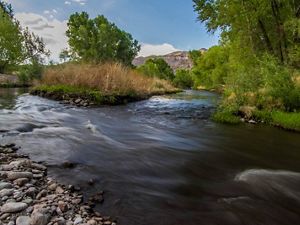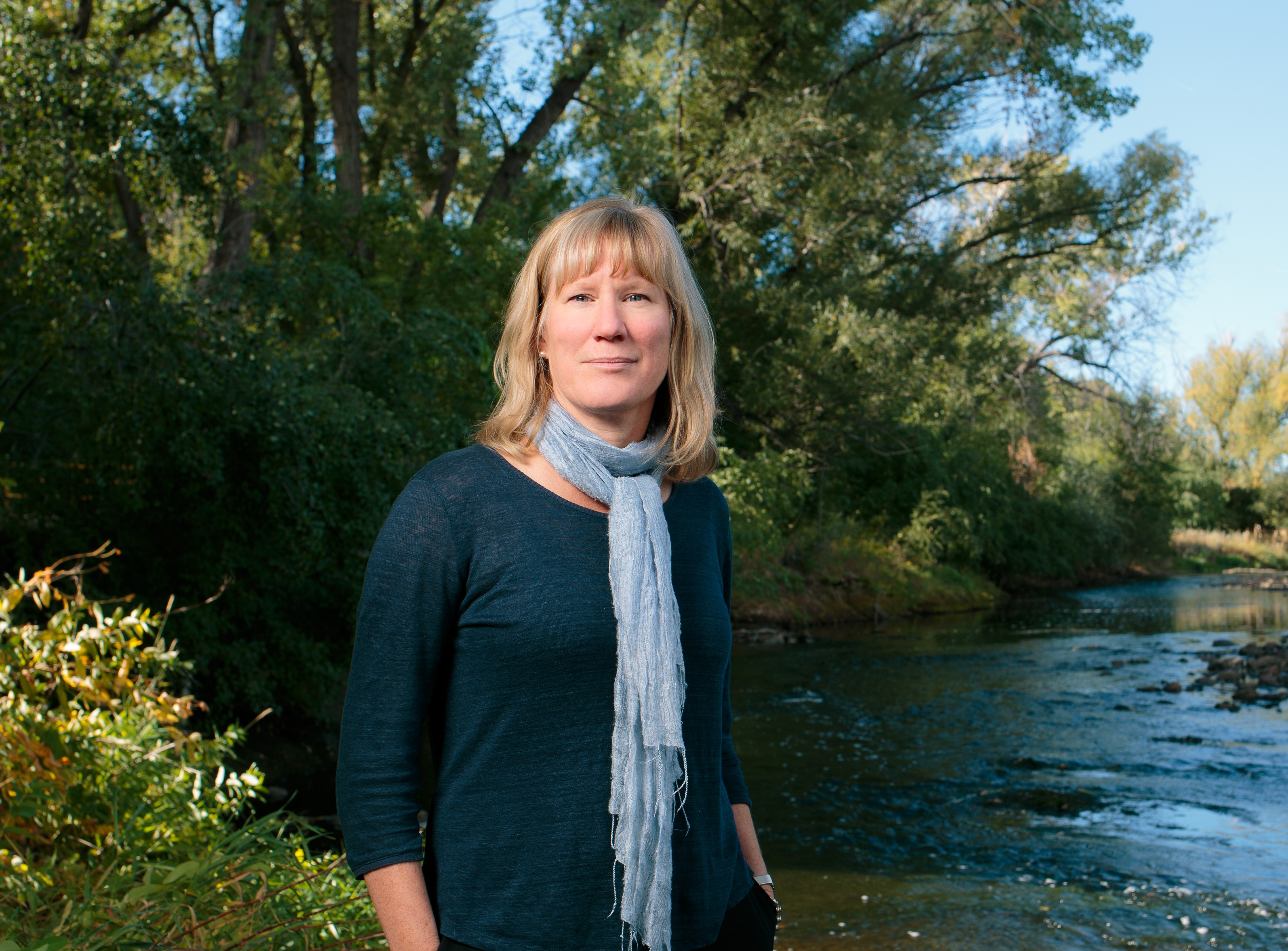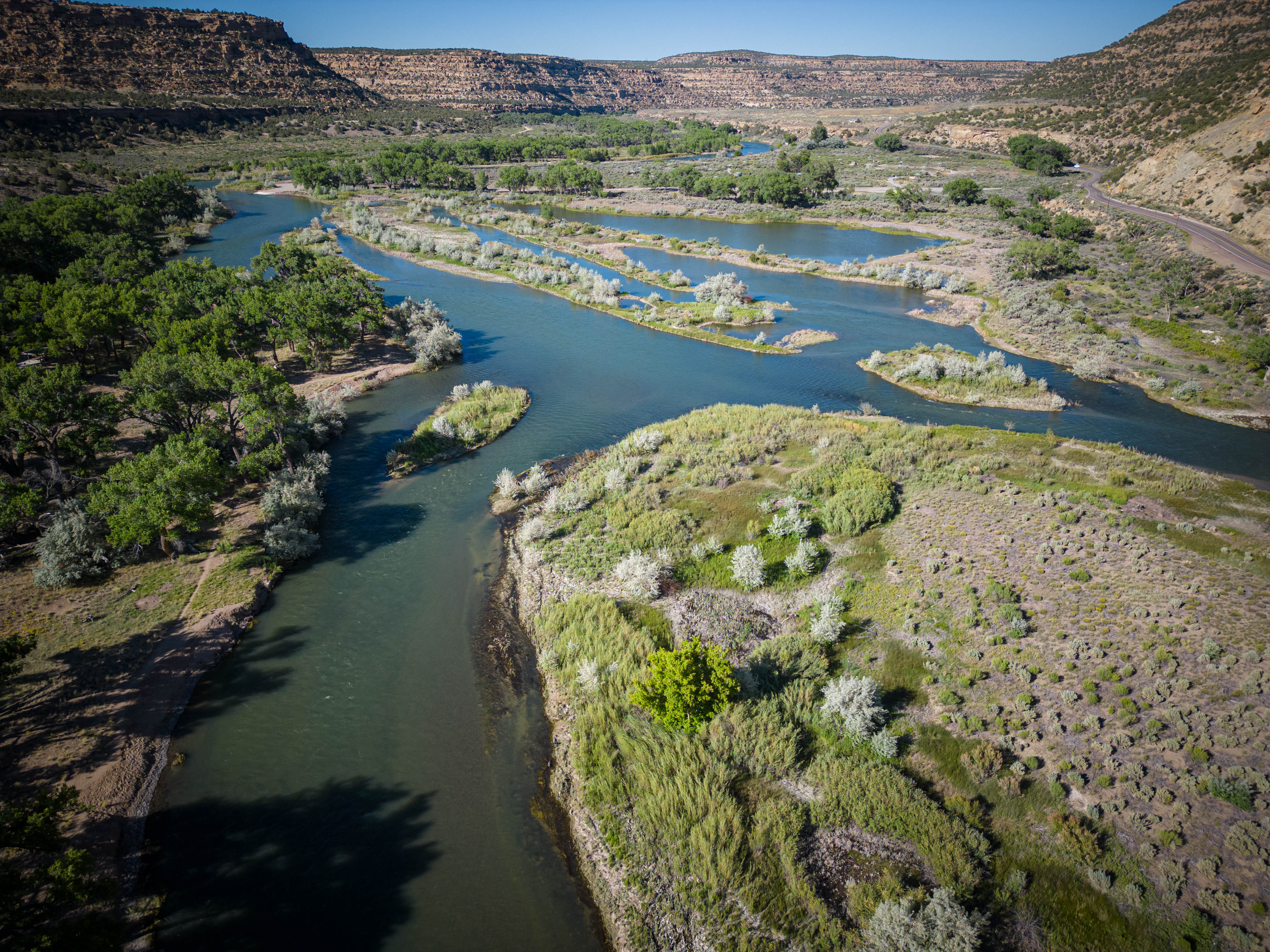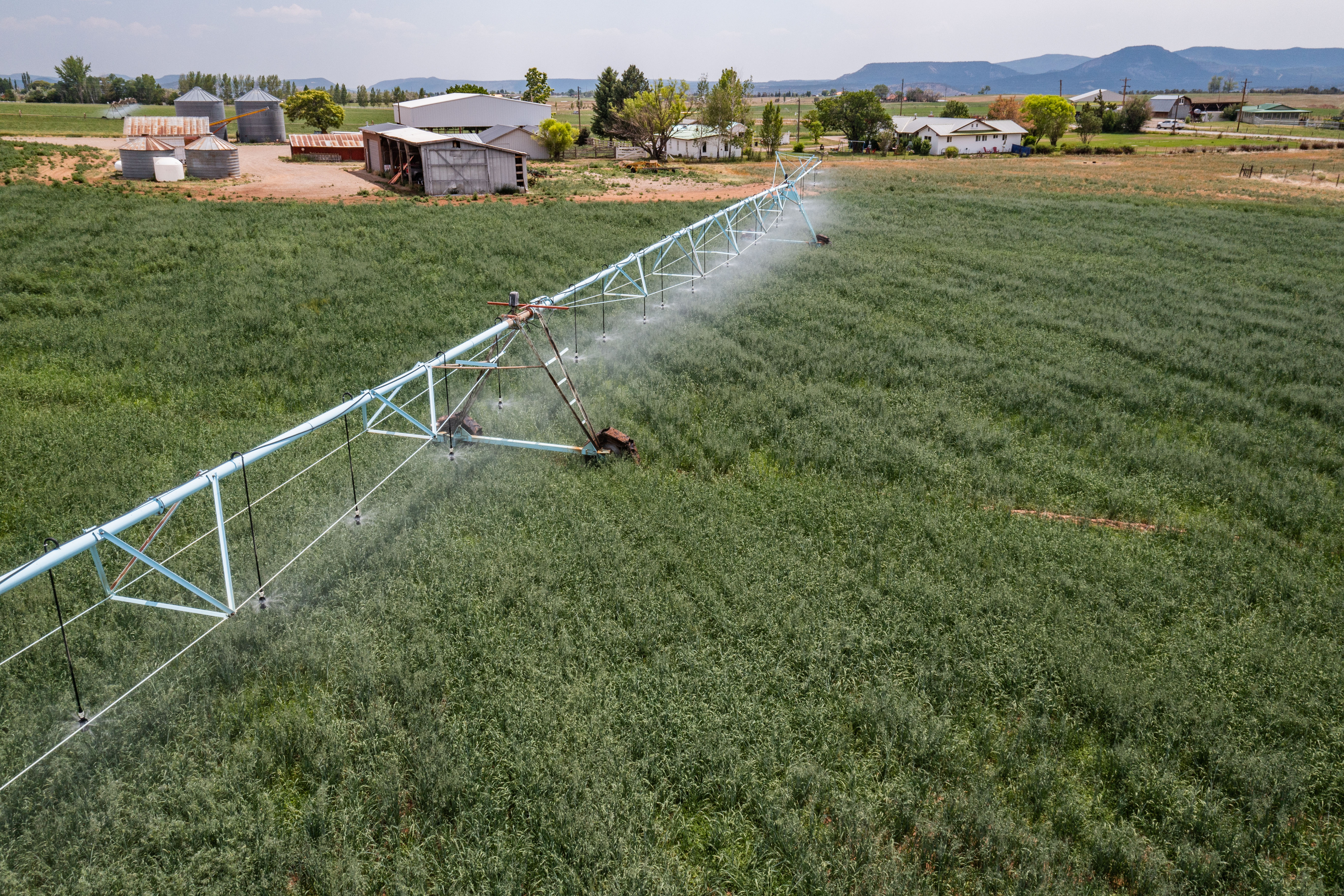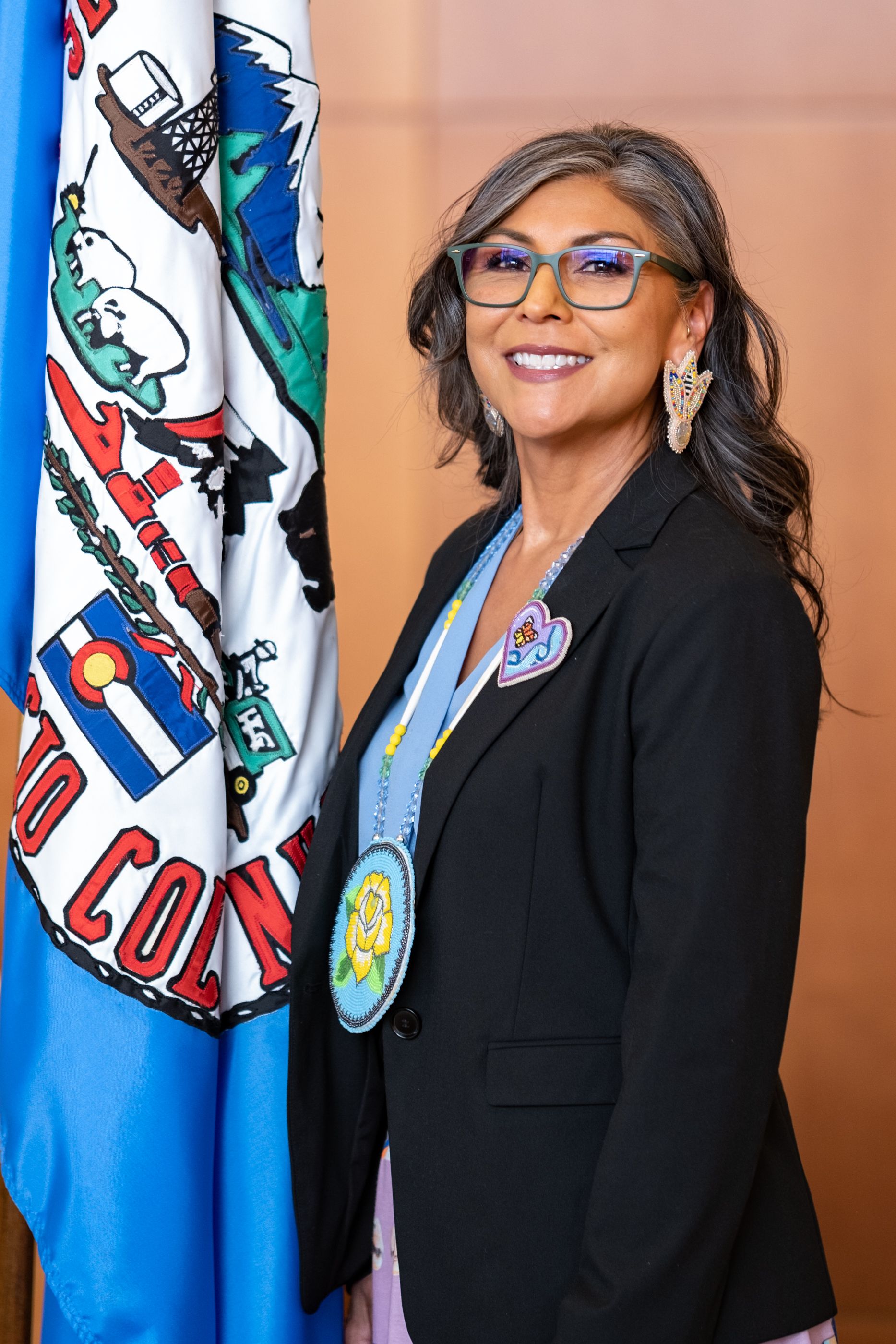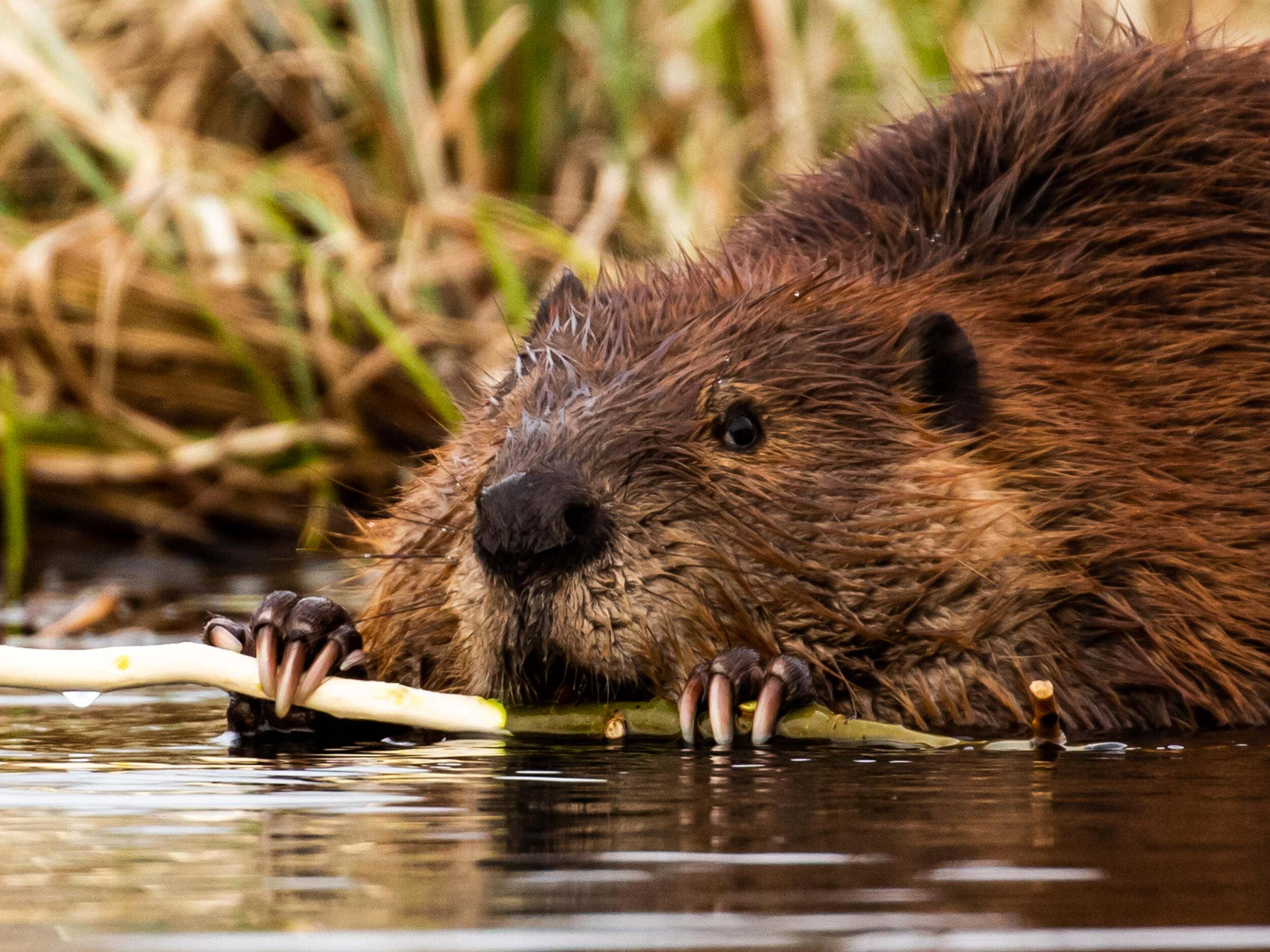More than 40 million people depend on the Colorado River Basin for their water,
including 30 federally recognized Tribal Nations; 150 threatened species depend on the river for their survival; and 70% of native fish species in the basin are found nowhere else on Earth.
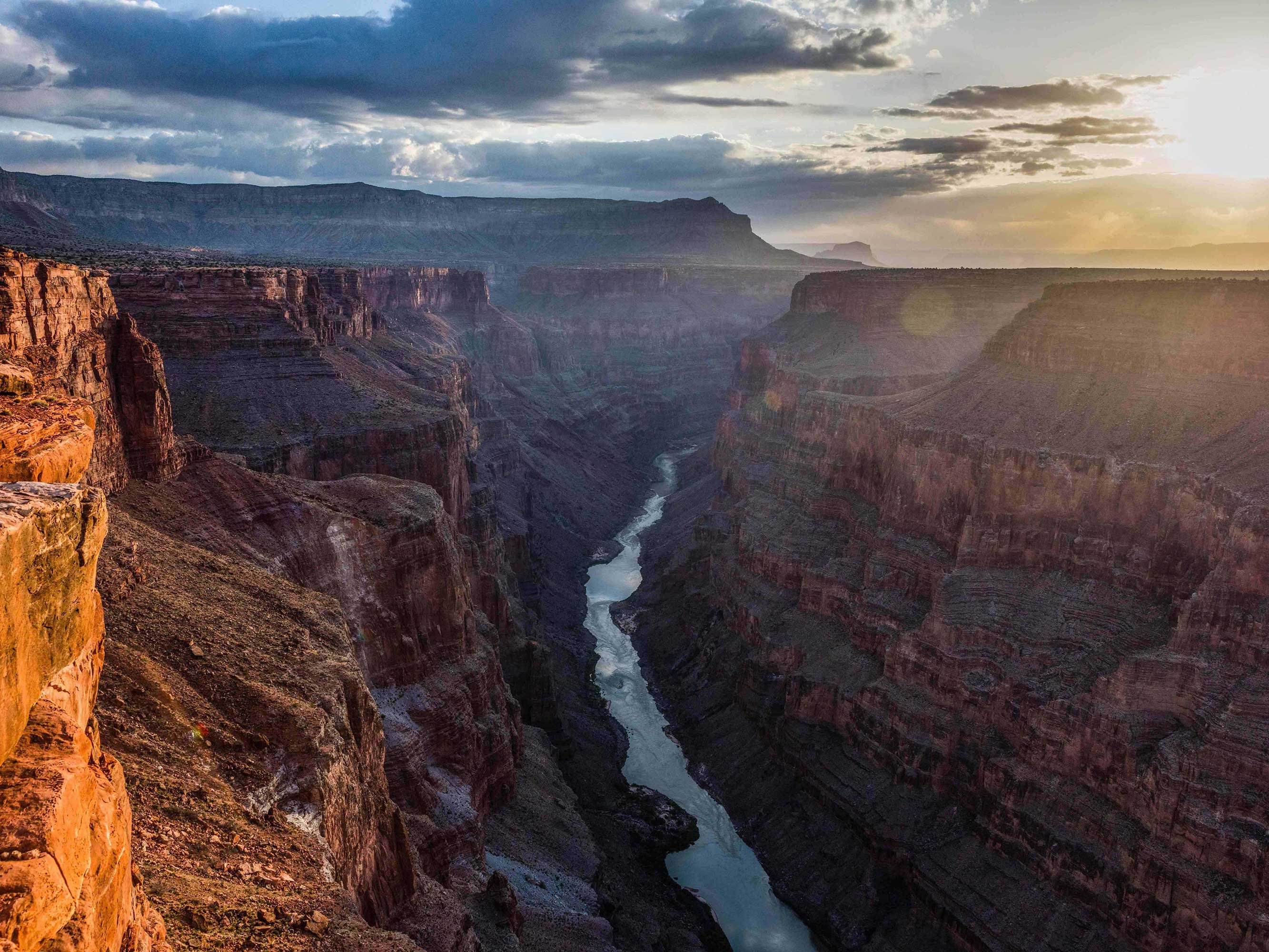
Together, we find a way
Sign up for our monthly emails to receive conservation updates, stories and opportunities to get involved near you.

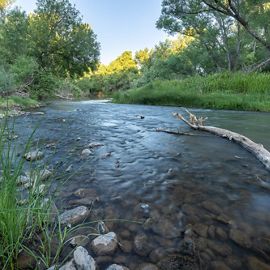
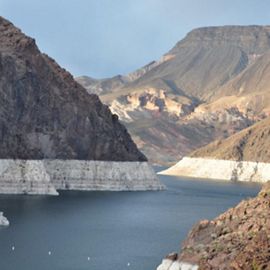
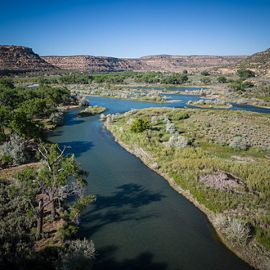
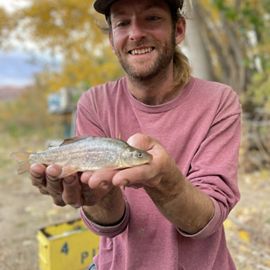
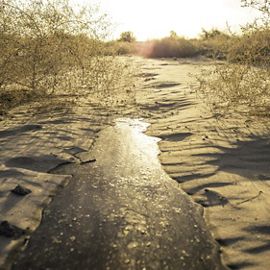
Explore
Discover Different Approaches, State by State
Our Work in the Basin Discover projects we're working on throughout Arizona, Colorado, Nevada, New Mexico, Utah and Mexico.
Add a Podcast to Your Queue
In partnership with Mountain & Prairie, we're bringing you exclusive conservation stories, updates, advice and more from TNC leaders and host Ed Roberson.
Support our work
The Colorado River is one of the hardest working rivers in the West. The Nature Conservancy is working hard across the entire Colorado River Basin to protect this amazing river and resource.






